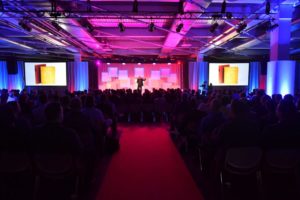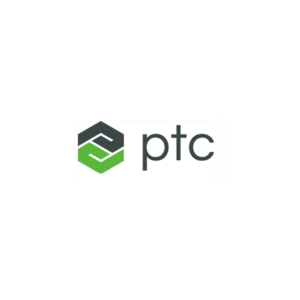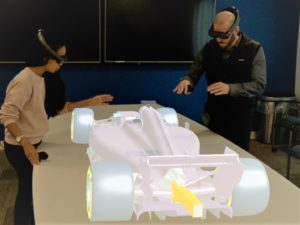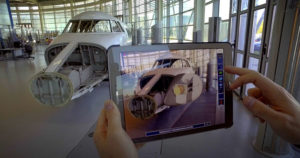AREA Partners with VRX 2018 for 4th Annual Senior-level XR Summit
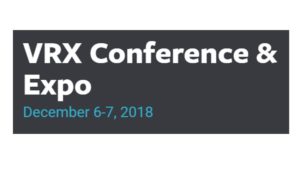
This year, the event challenges its guests to take a step back from the hype around XR and get to the core of what’s really happening in the industry; where the biggest opportunities lie and what’s really holding immersive tech back from greater adoption.
The full line-up has been announced, with a who’s-who of VR and AR innovators from across both consumer and enterprise, taking their place throughout the programme.
Just some of the 90+ speakers include:
Pearly Chen, Chief of Staff to CEO & Director of Vive X, HTC
Tim Bates, IT Fellow, Immersive Technologies Strategy, General Motors
Steven Kan, Head of Global AR/VR Strategy, Google
Curtis Hickman, CCO & Founder, The VOID
Timoni West, Director of XR Research, Unity
Lee Burrell, Director of BD – Automotive, Engineering & Manufacturing, DHL
Ted Schilowitz, Futurist in Residence, Paramount Pictures
John Canning, Executive Producer, Digital Domain
Connor McCollough, Product Architect, Innovation & Business Transformation, GE Power
Denny Unger, CEO, Cloudhead Games
Jennifer Magee-Cooke, Head of Production, Dreamscape Immersive
Andy Mathis, Head of Partnerships, Oculus
Christine Koppinger, Global AR/VR Innovation Lead, Nestlé
In addition, the expo alongside will feature 40 of the latest technological innovations and business solutions from across the industry, including sponsors and exhibitors as HP, Siemens, ZeroLight, Varjo, Bose, Happy Finish, Qualcomm and many more.
As event partners, AREA has been given a 15% discount on all ticket types, including full 2-day passes and 1-day start-up passes. To claim your discount, enter the code AREA15 when you register
AREA event page for VRX.

